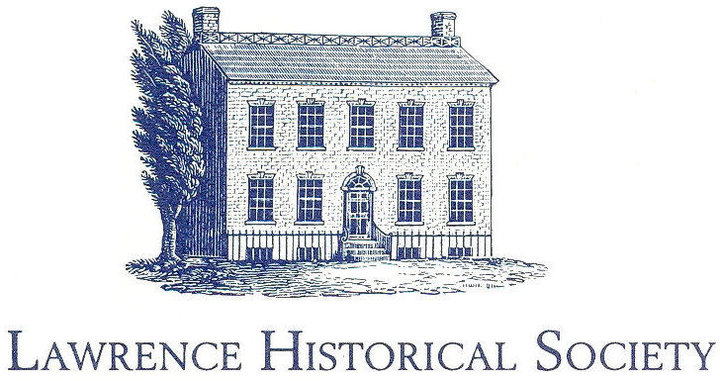Historical interpreter David Price will speak about the “Ten Crucial Days” campaign, which helped determine the outcome of the American Revolutionary War, at the Lawrence Historical Society’s annual meeting Feb. 26.
The 1 p.m. meeting will be held at the Lawrence Library on the corner of East Darrah Lane and Brunswick Pike/Route 1.
The “Ten Crucial Days” is the period between Dec. 25, 1776 and Jan. 3, 1777. The American Continental Army’s victories over the British and Hessian troops in three significant battles, fought in Trenton and Princeton, turned the tide in favor of the Americans.
Price will offer a fresh perspective on the “Ten Crucial Days” winter campaign at the annual meeting. He is an historical interpreter at Washington Crossing State Park and at the Princeton Battlefield State Park.
“The ‘Ten Crucial Days’ fundamentally altered the course of our war for independence,” Price said of the battles in Trenton and Princeton. They were the first significant victories for the Americans, he said.
“Although largely neglected by historians, the Battle of Assunpink Creek – also known as the Second Battle of Trenton – was arguably the most pivotal event of this period and perhaps the entire conflict,” Price said.
The campaign began Dec. 25, 1776, when Gen. George Washington and his troops crossed the Delaware River from Pennsylvania and marched on Trenton. They surprised the Hessian garrison stationed in Trenton in the First Battle of Trenton.
The second and third battles in the “Ten Crucial Days” campaign occurred on Jan. 2 and Jan. 3 in 1777.
The Second Battle of Trenton occurred on Jan. 2, and is alternately known as the Battle of Assunpink Creek. The Americans held the ground on one side of the creek. The British and Hessian troops, who were sent to retake Trenton from the Americans, tried to cross the creek and were repulsed several times.
Overnight between Jan. 2 and Jan. 3, Washington and some of his troops left Trenton and took a back road to Princeton. They met British and Hessian troops on the outskirts of town, leading to the Battle of Princeton. It was won by the Americans.
In his talk, Price will discuss the role played by Col. Edward Hand’s troops, who delayed the British and Hessian troops from reaching Trenton until dusk on Jan. 2, leading up to the Second Battle of Trenton or the Battle of Assunpink Creek.
Hand and the soldiers under his command in the 1st Pennsylvania Rifle Regiment engaged the British and Hessian troops in several skirmishes along the King’s Highway – Route 206 – in Lawrence Township, between Princeton and Trenton. The British and Hessian troops were marching toward Trenton to take back the town from the Americans.

